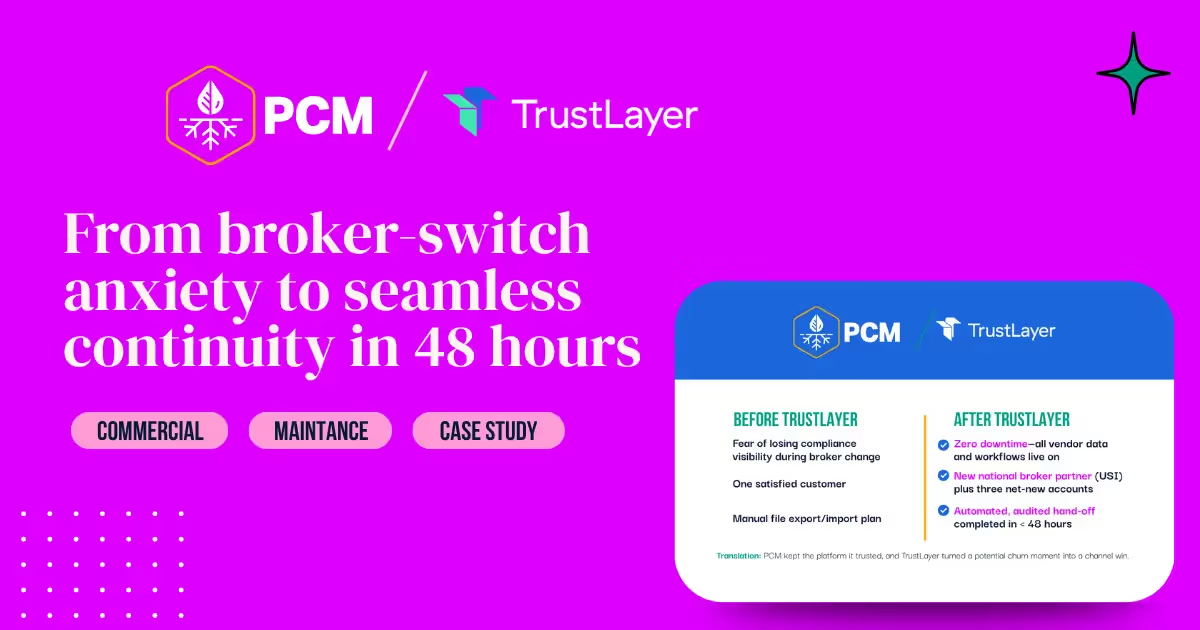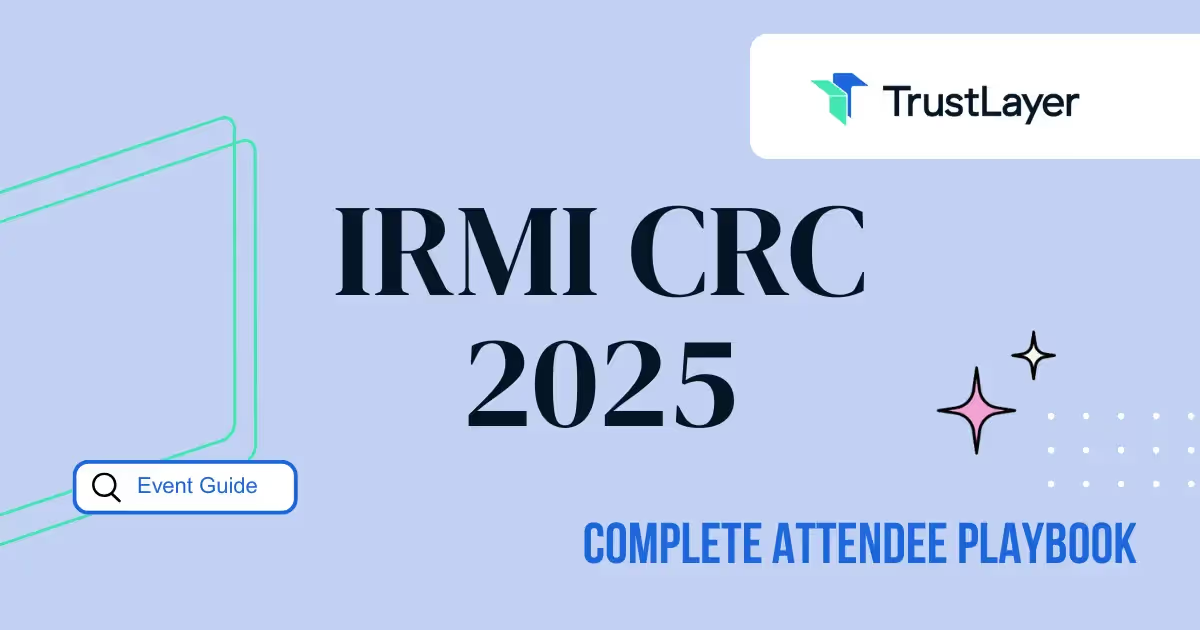What is a Waiver of Subrogation?

A waiver of subrogation is an essential concept in the realm of insurance and liability. It plays a crucial role in defining the relationship between parties involved in a contract, particularly in construction, real estate, and various service agreements. Understanding this term can help individuals and businesses navigate the complexities of risk management and liability more effectively. This article will examine what a waiver of subrogation is, how it operates, and its implications for various stakeholders.
Understanding Subrogation
Before diving into waivers, it's essential to grasp the concept of subrogation itself. Subrogation is a legal principle that allows an insurance company to pursue a third party that caused an insured to incur an insurance loss. Essentially, when an insurer pays out a claim to its policyholder, it gains the right to "step into the shoes" of the insured and seek reimbursement from the responsible party.
The Purpose of Subrogation
The primary purpose of subrogation is to prevent the insured from profiting from their loss while ensuring that the party at fault is held accountable for the loss. For example, if a driver is involved in an accident caused by another driver, their insurance company may cover the damages. Through subrogation, the insurer can then recover the costs from the at-fault driver’s insurance. This principle not only reinforces the idea of accountability but also helps maintain the integrity of the insurance system, ensuring that those who are negligent bear the financial burden of their actions.
How Subrogation Works
Subrogation typically involves a few key steps. First, the insured files a claim with their insurance company. Once the claim is settled, the insurer investigates the circumstances surrounding the incident to determine if another party is liable. If so, the insurer will pursue recovery from that party or their insurance. This process helps keep insurance premiums lower by allowing insurers to recoup losses. Furthermore, subrogation can also lead to a more equitable distribution of costs across the insurance pool, as it discourages reckless behavior by ensuring that responsible parties are held financially accountable for their actions.
In addition to its role in personal auto insurance, subrogation is also prevalent in various other types of insurance, including health, property, and liability insurance. For instance, in health insurance, if an individual is injured due to someone else's negligence and receives medical treatment covered by their health insurance, the insurer may seek reimbursement from the at-fault party. This aspect of subrogation not only aids insurers in recovering costs but also emphasizes the importance of liability coverage for individuals and businesses alike. By understanding subrogation, policyholders can better comprehend the intricacies of their insurance policies and the potential consequences of their claims.
What is a Waiver of Subrogation?
A waiver of subrogation is a contractual agreement where one party agrees to relinquish its right to seek subrogation against another party. In simpler terms, it means that if one party suffers a loss and their insurance pays for it, the party's insurer cannot seek reimbursement from the other party. This waiver is often included in contracts to promote cooperation and reduce potential conflicts between parties.
Why Use a Waiver of Subrogation?
There are several reasons why parties might choose to include a waiver of subrogation in their contracts. One of the primary motivations is to foster a collaborative environment, particularly in industries like construction, where multiple parties work together on a project. By waiving subrogation rights, parties can minimize the risk of disputes and maintain positive working relationships. This cooperative spirit is essential for the smooth progression of projects, as it encourages all involved to focus on their respective roles without the looming threat of legal action from one another.
Moreover, waivers of subrogation can also lead to cost savings for all parties involved. When insurers know that they cannot pursue recovery from other parties, they may be more inclined to offer lower premiums, as the risk of litigation is reduced. This can be particularly beneficial for small businesses or startups operating on tight budgets. In essence, the waiver not only simplifies the claims process but also creates a more predictable financial environment for all stakeholders.
Common Scenarios for Waivers
Waivers of subrogation are frequently seen in various industries, including construction, real estate, and service agreements. For instance, in construction contracts, subcontractors may be required to sign waivers to protect the general contractor from liability claims. Similarly, in real estate leases, landlords may request that tenants waive their subrogation rights to avoid potential conflicts over damages. This practice is widespread in commercial leases, where the potential for significant damages can lead to disputes that disrupt business operations.
Additionally, waivers of subrogation can be found in various service agreements, such as those involving maintenance or repair work. For example, a company hiring a cleaning service may include a waiver to ensure that if an accident occurs during the cleaning process, the cleaning service's insurance will cover the damages without the risk of the insurer seeking compensation from the company. This not only protects the service provider from potential lawsuits but also reassures the hiring party that they will not be held liable for unforeseen incidents, allowing for a smoother operational flow.
Implications of a Waiver of Subrogation
While waivers of subrogation can offer benefits, they also carry implications that parties should carefully consider. Understanding these implications can help individuals and businesses make informed decisions when entering into contracts.
Risk Management
One of the most significant implications of waiving subrogation is its impact on risk management. By waiving subrogation rights, parties may be assuming more risk than they realize. If an incident occurs and one party is at fault, the other party's insurer cannot seek reimbursement, which may result in increased costs for the party that suffered the loss. Therefore, it is essential to evaluate the risks associated with waiving these rights. Additionally, parties should conduct a thorough risk assessment to identify potential vulnerabilities and consider whether the benefits of the waiver outweigh the risks involved. This proactive approach can help mitigate unforeseen financial burdens that may arise from accidents or damages.
Insurance Considerations
Insurance companies may have specific policies regarding waivers of subrogation. Some insurers may require a waiver as a condition of coverage, while others may charge higher premiums if a waiver is in place. Parties must discuss these aspects with their insurance providers to understand how a waiver may affect their coverage and costs. Furthermore, understanding the nuances of how waivers interact with different types of insurance policies, such as general liability, property, or workers' compensation, can provide deeper insights into the overall risk landscape. Parties should also be aware that specific industries may have standard practices regarding waivers, which can influence negotiations and contractual obligations.
Legal Considerations
Beyond insurance implications, there are also legal considerations to consider when it comes to waivers of subrogation. The enforceability of such waivers can vary by jurisdiction, and some courts may scrutinize these provisions more closely than others. Parties should consult with legal counsel to ensure that the waiver is drafted clearly and complies with local laws. Additionally, understanding how a waiver of subrogation might affect liability claims can be critical, as it may limit the ability to pursue legal recourse against a negligent party. This legal landscape can be complex, and navigating it without proper guidance may lead to unintended consequences.
How to Implement a Waiver of Subrogation
Implementing a waiver of subrogation requires careful consideration and clear communication between parties. Here are some steps to ensure a smooth process.
Drafting the Contract
When drafting a contract that includes a waiver of subrogation, it is vital to be explicit about the terms. The language should clearly state that both parties agree to waive their rights to subrogation against each other. Additionally, it is advisable to specify the types of losses covered by the waiver to avoid any ambiguity. This clarity not only protects both parties but also minimizes the risk of future disputes. Including examples of covered losses can further enhance understanding and agreement on the scope of the waiver.
Consulting Legal and Insurance Experts
Before finalizing any contract with a waiver of subrogation, it is wise to consult legal and insurance experts. Legal professionals can offer valuable insights into the implications of the waiver and ensure that the contract complies with relevant laws. Insurance agents can help clarify how the waiver may affect coverage and premiums. They can also help evaluate whether the waiver aligns with the overall risk management strategy of the parties involved. Understanding how this waiver interacts with existing insurance policies can prevent unexpected liabilities and ensure that all parties are adequately protected.
Communicating with Stakeholders
Effective communication with all stakeholders is crucial when implementing a waiver of subrogation. This includes not only the primary parties involved in the contract but also any third parties who may be affected, such as subcontractors or insurers. Clearly explaining the purpose and implications of the waiver can foster trust and cooperation among all parties. It may also be beneficial to hold a meeting or workshop to address any concerns or questions, ensuring everyone is on the same page and understands the rationale behind the waiver.
Reviewing and Updating Policies
Regularly reviewing and updating policies related to waivers of subrogation is crucial for adapting to changing circumstances and legal requirements. As business operations evolve, the risks associated with specific projects may change, necessitating adjustments to the waiver terms. Periodic assessments can help identify any gaps in coverage or misunderstandings that may have arisen since the initial contract was signed. This proactive approach not only protects the interests of the parties involved but also reinforces a culture of transparency and accountability in contractual relationships.
Conclusion
A waiver of subrogation is a valuable tool in risk management and contract negotiation. By understanding its purpose and implications, parties can make informed decisions that protect their interests while fostering cooperative relationships. Whether in construction, real estate, or service agreements, a well-considered waiver can help mitigate disputes and enhance collaboration.
Final Thoughts
As businesses and individuals navigate the complexities of contracts, the importance of understanding waivers of subrogation cannot be overstated. By approaching this concept with clarity and foresight, parties can ensure that they are adequately protected while promoting a harmonious working environment.
Understanding the intricacies of waivers of subrogation is just one aspect of effective risk management. TrustLayer takes it a step further by revolutionizing how you handle certificates of insurance (COIs) and compliance documents. With our best-in-class COI tracker, we empower modern risk managers to automate and streamline the verification process, freeing them from the administrative burden of manual document management. Embrace the future of risk management with TrustLayer's innovative solutions, designed for those who value efficiency and accuracy. Don't let outdated practices hold you back. Set up a time to talk with our team and discover how we can help you build following practices for your business's risk management needs.
















